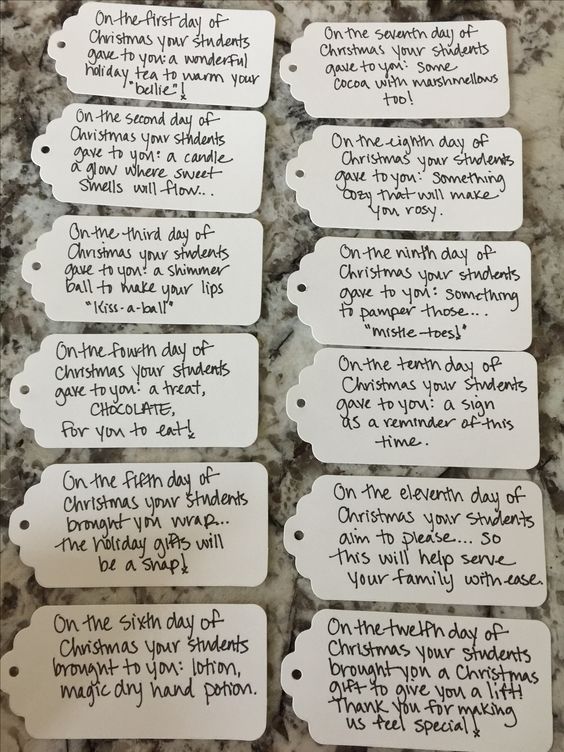With the holidays rapidly approaching, it can be easy for educators to feel overwhelmed. The hustle and bustle of the season combined with the many challenges that teachers face daily can lead to burnout. To help teachers maintain their mental, emotional, and physical health this December, we present our special 12 Days of Teacher Self-Care guide.
1. Establish a Routine: Start by establishing a regular routine in both your professional and personal life. Consistency helps create a sense of calm and control.
2. Eat Nutritiously: Prioritize eating nutritious meals to maintain your energy levels during this busy time. Try meal prepping on weekends or opt for healthy snacks in between tasks.
3. Get Sufficient Sleep: Aim for at least 7 hours of sleep each night. You’ll feel more rested, focused, and better equipped to handle the challenges of the day.
4. Exercise Regularly: Physical activity is essential for releasing stress and maintaining positive mental health. Aim for at least 30 minutes per day—whether that’s walking, swimming, or dancing.
5. Stay Hydrated: Drink plenty of water throughout the day to stay hydrated and energized.
6. Practice Mindfulness: Set aside time each day to practice mindfulness through meditation or deep breathing exercises. This will help you recenter yourself and maintain mental clarity amid the chaos.
7. Set Boundaries: Learn when to say no to extra tasks and responsibilities, both at school and in your personal life. Establishing boundaries will help prevent burnout.
8. Reach Out for Support: Connect with friends, family, or colleagues who understand your challenges as a teacher. A strong support network can provide valuable encouragement and advice.
9. Take Regular Breaks: Schedule short breaks during work hours to recharge mentally and physically. A quick walk around campus or five-minute stretching session in your classroom can make a world of difference.
10. Practice Gratitude Journaling: Each day, take a moment to reflect on something you’re grateful for, either in your personal or professional life. This habit helps shift focus toward the positive aspects of your day.
11. Find Time for Hobbies: Make time for activities that bring you joy and relaxation outside of work. Whether it’s painting, playing a musical instrument, or simply reading, dedicating time to hobbies can uplift your spirits.
12. Celebrate Your Accomplishments: Acknowledge your successes, no matter how small they may seem. Celebrate the hard work you’ve put into your career and the positive impact you’ve had on your students.
By incorporating these self-care strategies into your daily routine, you’ll be better equipped to handle the challenges that come with teaching during the busy holiday season. Taking care of yourself is just as important as taking care of your students—so make sure to prioritize your well-being this December!



